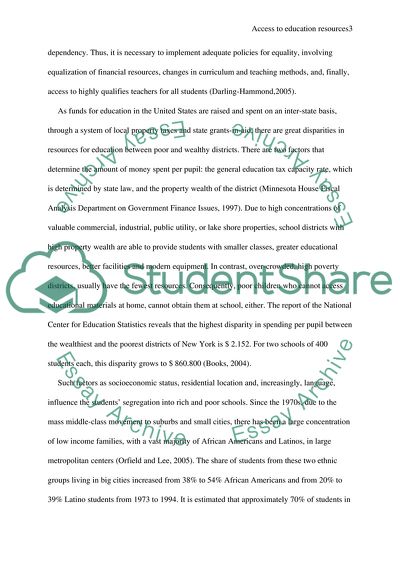Cite this document
(The Impact of Socioeconomic Status on Learners Access to Education Res Essay, n.d.)
The Impact of Socioeconomic Status on Learners Access to Education Res Essay. Retrieved from https://studentshare.org/education/1560320-the-impact-of-socioeconomic-status-on-learners-access-to-education-resourcesopportunities
The Impact of Socioeconomic Status on Learners Access to Education Res Essay. Retrieved from https://studentshare.org/education/1560320-the-impact-of-socioeconomic-status-on-learners-access-to-education-resourcesopportunities
(The Impact of Socioeconomic Status on Learners Access to Education Res Essay)
The Impact of Socioeconomic Status on Learners Access to Education Res Essay. https://studentshare.org/education/1560320-the-impact-of-socioeconomic-status-on-learners-access-to-education-resourcesopportunities.
The Impact of Socioeconomic Status on Learners Access to Education Res Essay. https://studentshare.org/education/1560320-the-impact-of-socioeconomic-status-on-learners-access-to-education-resourcesopportunities.
“The Impact of Socioeconomic Status on Learners Access to Education Res Essay”. https://studentshare.org/education/1560320-the-impact-of-socioeconomic-status-on-learners-access-to-education-resourcesopportunities.


